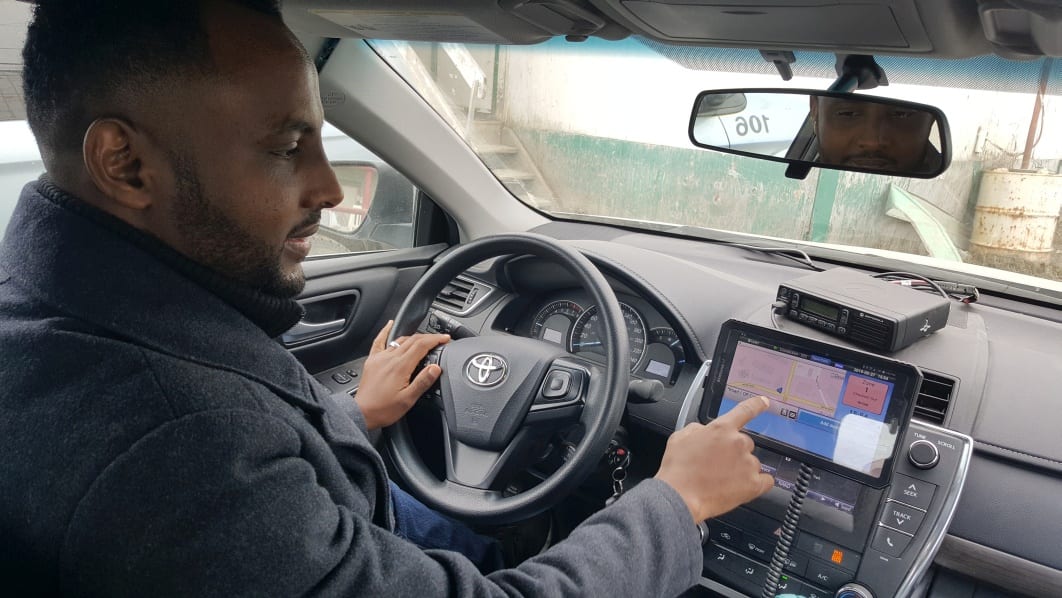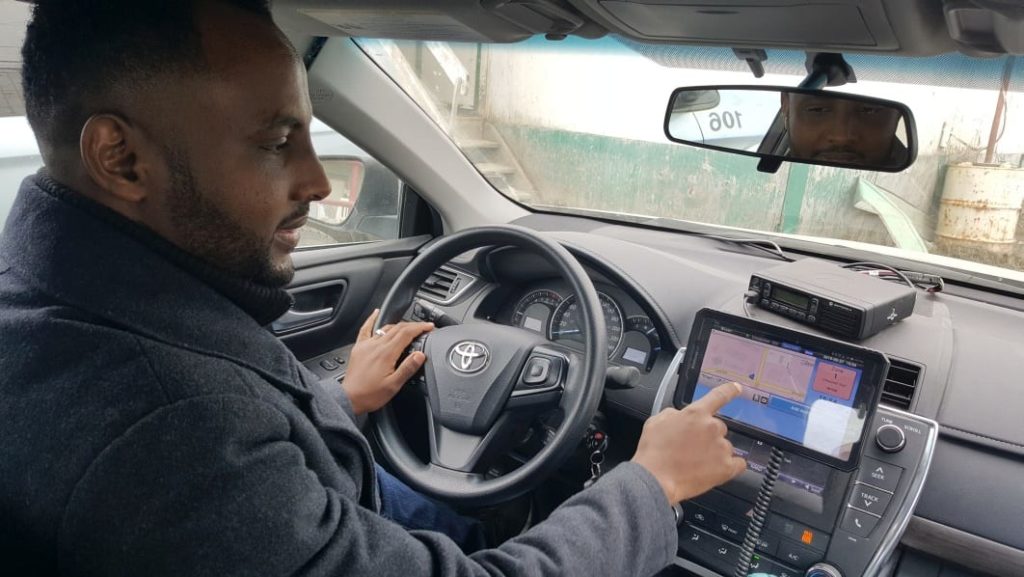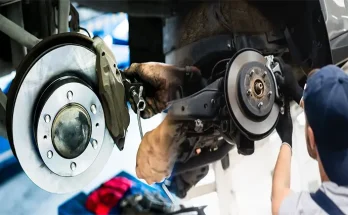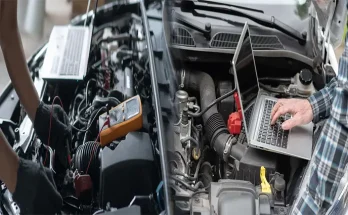Taxi companies are part of small and large communities. They can be as small as one or two cars or big enough to have their own fleet with support staff including a mechanic with automotive technician training. Usually they are controlled by local laws that can effect both driver and vehicle, and what sort of profit can be made.
Laws and Regulations
Some cities regulate the look of their taxis, perhaps requiring a particular style of vehicle, while others are content to simply post a sign on the top of the cab. Some municipalities require special exams for the drivers and limit the pool of available taxi licences, while others permit anyone who can demonstrate that level of driving ability to take on the job. For the safety of passengers as well as a cap on competition, there’s usually some sort of fare control.
Inside the Cab
A taxi can be privately owned, or belong to the company. Taxi drivers might be paid by the hour or by commission. Some cars, if they belong to the company, are on the road pretty much all hours of the day and just swap off drivers. If a driver has a fixed vehicle however, that’s just like their office. They may decorate it with items that make them feel at home and even take naps between fares. Drivers have a solid background in road skills, which means they are generally either people with transport operations training, for example retired truck drivers, or newcomers to the country.
For ease of use, the cab will be clearly labeled with its status as a taxi. This might just be a lit sign that goes on the top of the cab, or decals for the door. There will also be signs posted for fares, for the reassurance of people unfamiliar with the service. Modern cabs often have a GPS mapping system and all cabs will have a radio.
Home Base
Each taxi can be considered almost like an ant in an ants nest. Though of course there are good drivers and bad, they are intentionally interchangeable, and they would be nothing without a home hive to keep them co-ordinated. They rely on at least one person with dispatcher training and a good map of the city. Individual cab drivers will generally get a good feel for the locations they visit, but the home office is their point of reference, not just for landmarks but local place name changes. It’s not uncommon for a street or venue to have changed names over the course of several decades and for passengers to ask for places by the old name. In case of confusion, the driver will radio in and get better instructions to take the fare on their way.






